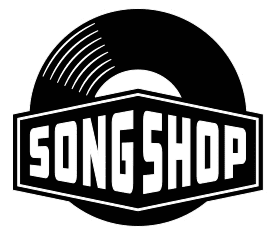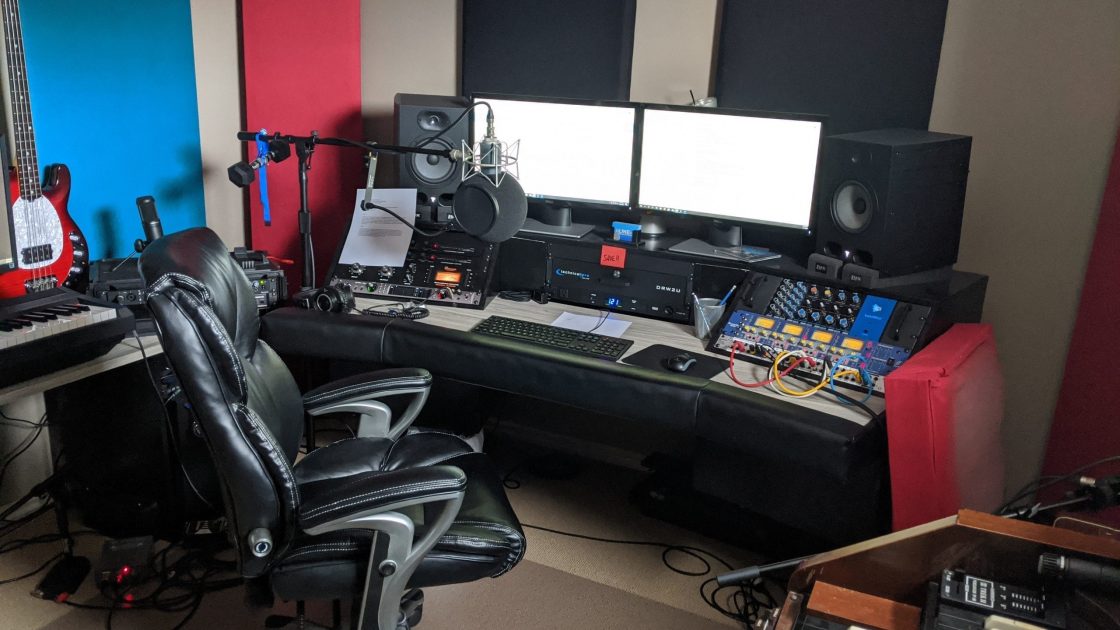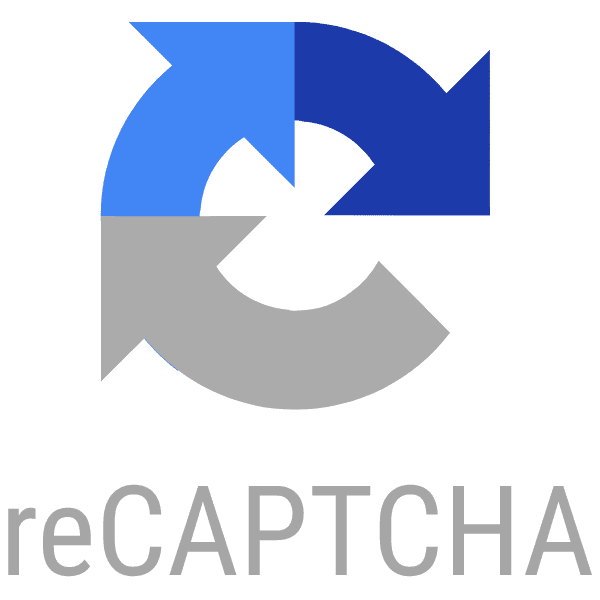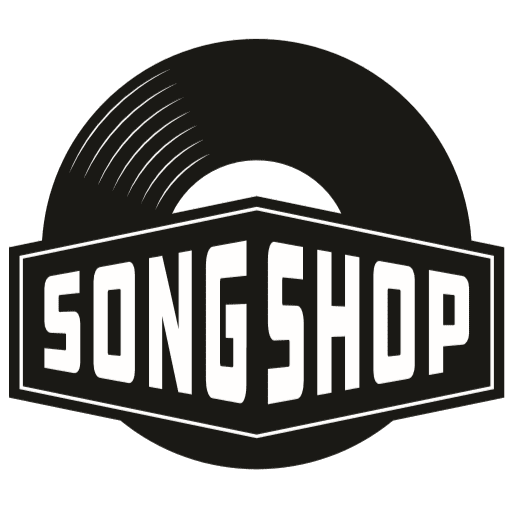KEEP UP – OR GET LEFT BEHIND
The internet has changed the way we create music. Great players and amazing sounds are more accessible than ever. This has caused so many professionals to change the way they do things to stay in business. It has also made it easier for the small guys like us to get great sounding records! Putting a record together – whether it be an album or a single can be done from the comfort of your home studio setup. As long as you have some basic editing and mixing skills you will be able to put a record together using some of the best session players (seriously) in the game.
FINDING YOUR PLAYERS
There are SO MANY places where you can find great players online that will track from home. This is basically how you get a pro sounding record without a pro budget. By hiring out great players who can track from home you remove the costs of travel, renting a studio, and hiring an engineer or producer to run the session. These are some of my favourite places to find players, producers, mixers, and mastering engineers to work with:
- Soundbetter
- Make Pop Music Facebook group
- Fiverr
- Networking:
- Yes! Going out to industry events and actually meeting people is a GREAT way to do this. Meeting people in person is an awesome way to start a business relationship!
FIRST STEPS
So now that you know where to find your players, you need to put things together and start getting tracks! This requires you to have a bit of musicianship and recording knowledge and should be done in a certain order. If you aren’t a pro, but can manage to play along to a click track decently and record a guitar, piano, or your instrument of choice (maybe the accordion?!), and sing – you’ll be good to go!
The first thing you need to do is get the song structure, arrangement, song key, and tempo nailed down. If you need help with any of this and aren’t sure whether your melody is going to work over the chords you’ve chosen, hiring a producer to help with this might be a good idea. Check out my blog on how to do this here.
After you have those elements figured out, it’s time to lay down a scratch track to send off to your musicians. A scratch track is basically just one instrument and a vocal recorded to a click track. It DOES NOT need to be fancy, or sound amazing. This is just a rough take that serves as the framework for the song to be built around. It should be decent, but you’ll do the final takes later.
ORDER UP!
Once you have your scratch track complete, it’s time to send it off to your musicians! This should be done in a certain order – it can be jostled around a bit, but it should generally be followed to make everyone’s job easier.
You will put the song together yourself as it progresses and send the next player a rough mix of the song to track to. Once you have your drum tracks, do a rough mix with the scratch track and send it to the bass player. Then add your bass tracks in, do a rough mix down, and send that to the guitar player. Keep adding as you go so the next player has more information to play along with. This allows the players to build ontop of eachother and gives the song a congruent sound!
- Drums – Your drum or percussion track should be done first. This gives the rest of the band a solid map to follow.
- Bass or Guitar – These can be interchangeable, but I prefer to do bass first. The bass and drums need to be locked together and are the foundation of any song, so it just makes sense to have them done first. – In the next breath, some might argue having guitars done first is better because the bass can lock onto some of the guitar riffs to accent or double them. This might depend on the type of music you’re recording. For country or pop I would track the bass before guitars. For rock or metal tracking guitars first might make more sense because the bass line can be built around the guitars. It ultimately comes down to whatever you or the producer wants!
- Lead Vocals – Okay, vocals are SUPER debatable too and can honestly be recorded at ANY stage. I know some big name producers who record vocals very first to the scratch track, as well as some who record them very last once all of the instrumentation is in. So when do you record vocals? There are some pretty good arguments to do them at any stage:
-
-
- First – The main issue with doing them first is there isn’t much inspiration there for the vocalist to sing to. The song is pretty much left to the imagination of the vocalist. The reason some like to do it first is because you can build the rest of the song around the final vocal take, latch onto melodies, and make the song super hooky. In my opinion this can be done just fine with the scratch vocal.
- In the middle – I like this option because there is enough instrumentation in the song to inspire and create emotion for the vocalist. The best vocal takes are going to be when the vocalist actually feels the song. The rest of the colourful instruments (keys, strings, synths, banjo, mandolin, etc.) can be used to add another dimension around the vocal takes and play on the final melodies.
- Last – I also like this option because it allows for the most inspiration and emotion from the vocalist – Imagine going into a key change with a huge string section build up. That first vocal note is going to be felt a lot more with the string section in, rather than just some drum hits and silence.
- Vocal Verdict – Tracking vocals is going to turn out best when you can get the most emotion out of the vocal take.. In my opinion this depends on what the vocalist wants, combined with what the producer thinks will work best!
- Other Instrumentation – The rest is essentially up to you! This is where I like to add any piano, organ, synths, mandolin, extra percussive elements, and anything else that the song might need. Don’t over-do it here. I know it might seem tempting to add ALL THE INSTRUMENTS – But pay attention to what the song needs. It might help to get a second opinion from a fellow musician or producer here!
- Background Vocals – This is usually the last step in my recording process. Background vocals are used very widely in modern music. They can fill space, create layers, add dimension, gang up on big parts – the options are endless. Once again listen to what the song needs and add parts accordingly. A good place to start is layering your chorus and go from there!
Alright – so maybe the order can be shaken up a bit. Consider this order more of a guideline to get you started. This is the general order records are recorded in (if the whole band isn’t in studio). So your session players will be used to this kind of work flow.
POST PRODUCTION
Now that you have all of your tracks, it’s time to get things ready for post production. Get everything together in your session and decide what tracks you want to keep. If you are doing the editing and mixing yourself – go nuts! If you are hiring out editing/mixing/mastering this is the time to send things off for a final polish! Remember you can hire people for these jobs using any of the online avenues listed above!
Do you have any tips for putting a recording together remotely? Leave them in the comments section!



